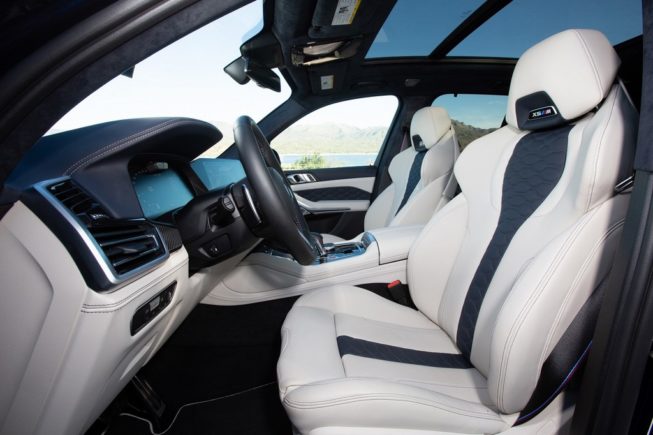Scientists have found that the risk of COVID-19 transmission inside a car is much higher with the windows closed than with them open.
A study, published in the journal Science Advances, reveals that the best-case scenario (in reducing virus transmission inside a car) is to have all the windows open.
But, even rolling down 1 or 2 windows was found to be far better than turning the car’s ventilation system to the max as it did not circulate air nearly as well as a few open windows.
For the study, which was done using computer simulations, researchers took a model resembling a Toyota Prius that was travelling at 80 km/hr with a driver and a passenger (in the back seat opposite side to the driver) inside.
During simulations, it was found that opening windows created airflow patterns that dramatically reduced the concentration of airborne aerosol particles exchanged between the driver and passenger.
The novel coronavirus is thought to spread via tiny aerosol particles that can linger in the air for extended periods of time.
According to the research, the driver was at slightly higher risk than the passenger, since the average airflow in the car goes from back to front. However, different combinations of open windows was also studied and they yielded different results.
For example, opening windows next to each occupant created more exposure to risk, while when the windows opposite to the occupants are open the exposure was much lower.
However, scientists state that there is no substitute for wearing masks inside a car as changing airflow patterns only reduces the risk of COVID-19 transmission and does not eliminate it.
The study did have its own limitations as researchers did not model larger respiratory droplets or the risk of actually becoming infected by the virus.
COVID-19 Transmission
- Scientists test COVID-19 transmission inside car through airflow
- Having all windows down was the best-case scenario, states study
- Turning up the air con does not do a good enough job
Source – PTInews.com

